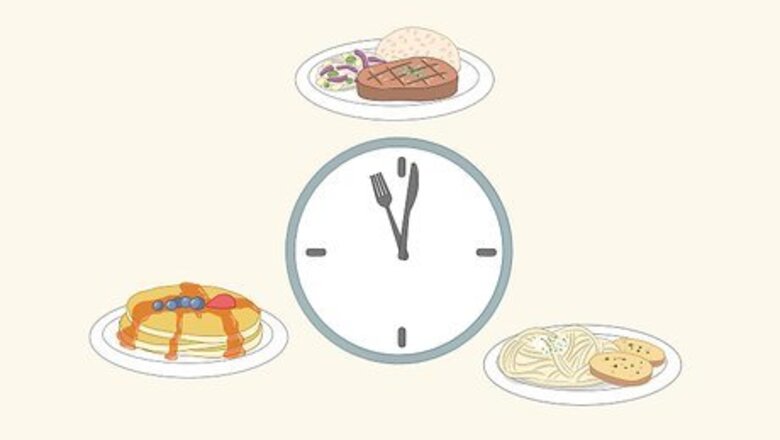
views
Developing Healthy Eating Habits
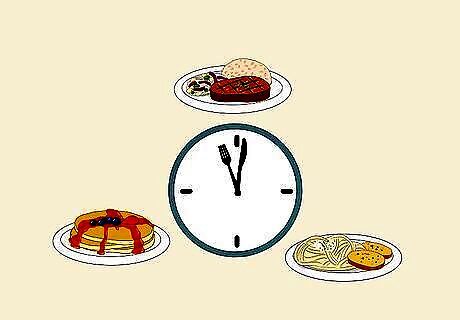
Eat 3 square meals each day. Skipping meals isn't good for you, and it also leads to more snacking. If you want to cut back on snacks, aim to eat balanced meals throughout the day. Choose meals that contain less than 600-700 total calories each if you're consuming around 1,800 to 2,100 calories per day. If you do get hungry between meals, it is okay to have a snack—as long as you pick something healthy like a handful of berries, grapes, baby carrots, or nuts, instead of chips, sweets, or other items full of salt, fat, and sugar.
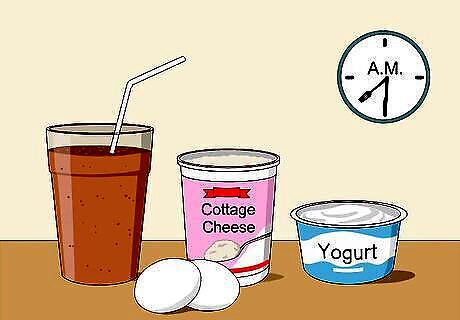
Start your day with a protein-packed breakfast. Breakfasts that are high in protein can help you feel full and satisfied, making it easier to cut out that mid-morning snack. Try to eat 15 to 20 grams of protein with breakfast to prevent hunger throughout the day. Good sources of protein include: Eggs Yogurt Tofu Cottage cheese Quinoa Protein shakes
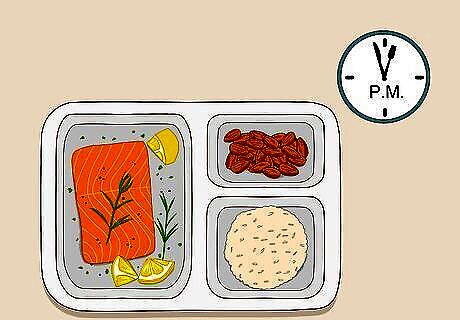
Eat complex carbs at lunch. A lunch made up of quality protein, healthy fat, and complex carbohydrates can help keep you hunger-free throughout the day. Avoid processed food, including fast food, which contains simple carbs, lots of sugar, and little fiber. You can find complex carbs in starchy vegetables, bread, pasta, rice, and legumes. Eat lean protein such as fish and poultry. Nuts and avocados are good sources of healthy fats.
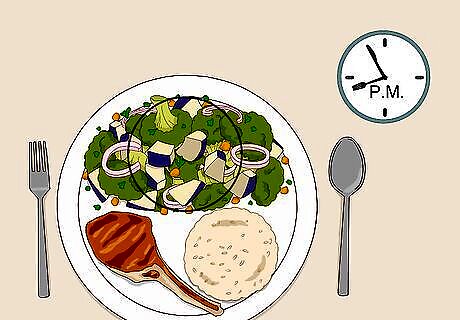
Fill up on veggies at dinner. Vegetables will help you feel fuller longer, so eating them at dinner can help curb your craving for a late-night snack. Fill half of your dinner plate with vegetables then add one-quarter lean protein and one-quarter starchy carbohydrates. Eat vegetables of all colors, such as eggplant (purple), tomatoes (red), sweet potatoes (orange), squash (yellow), and broccoli (green). Use your serving of fruit to satisfy your sweet tooth. Mix up a yummy yogurt parfait or nosh on a juicy peach. Limit your intake of red meat and opt for seafood, lean beef, skinless poultry, lamb, or veal. Choose starchy carbs like lentils, beans, or chickpeas. If you opt for grains, select whole-wheat varieties of bread, pasta, and rice.Tip: Aim to eat dinner 3 hours before you go to bed. Not only can this reduce symptoms of acid reflux, it can also help you sleep better.
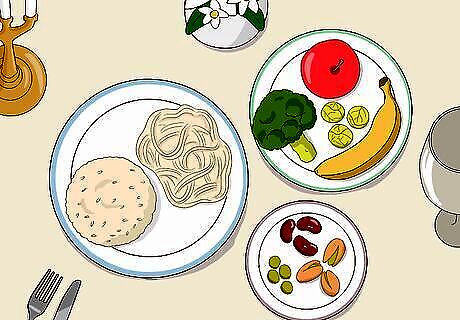
Increase your fiber intake. Foods that are high in fiber can help you feel fuller longer. Opt for fruit like raspberries, pears, apples, and bananas and vegetables such as peas, carrots, cauliflower, broccoli, and brussels sprouts. Eat more grains including oatmeal, brown rice, and whole-wheat spaghetti along with legumes, seeds, and nuts like lentils, pistachios, baked beans, and chia seeds.
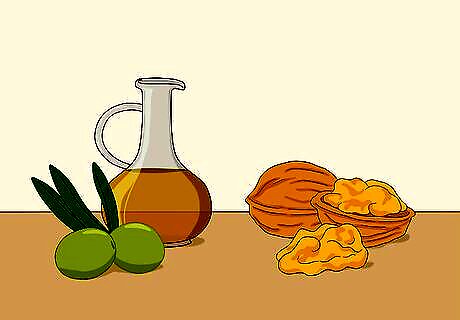
Choose fats that are better for your body. Nuts and olives contain healthy fats that can help you to feel full longer. Avoid saturated fats, as they can increase your desire to snack. Many junk food items are high in saturated fats, and they contribute to a vicious cycle of craving. Fats have more calories per gram than any other macronutrient. That being said, they help sustain your energy throughout the day. Consume these healthy fats sparingly. Sprinkle a few sliced black olives onto your salad or munch on a handful of almonds.
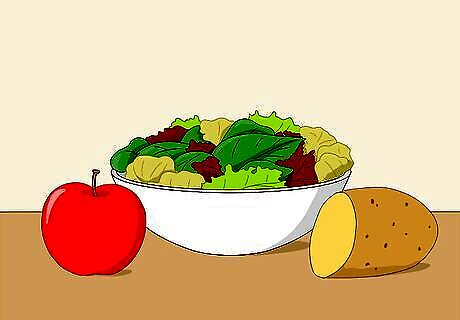
Opt for foods that have high water content. Foods that contain a lot of water don't contain many calories but can help fill you up. If you're trying to stick to a certain caloric limit for a meal, eating these foods will allow you to eat more. For example, a green salad will fill your stomach more than the same amount of calories of a croissant. A lot of these foods are vegetables and fruits, such as potatoes, broccoli, salad greens, apples, radishes, bananas, celery, and carrots. Try pairing these foods with items that contain healthy fats. For instance, eating celery with a spoonful of peanut butter can help you feel more satiated than eating celery alone.
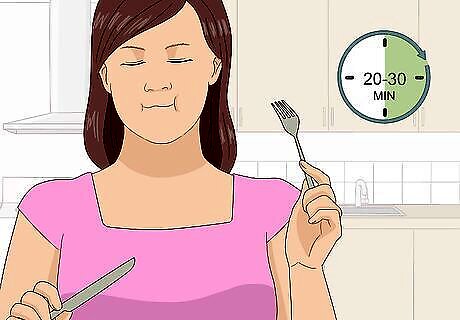
Eat your meals slowly and wait 20 minutes before going back for more. Avoid scarfing down a meal on the go as it takes time for your stomach to process a "full" feeling. If you are distracted, you may bypass this signal. Try to sit down for meals and spend at least 20-30 minutes eating to keep yourself from consuming more than you need. Try setting a chewing time or amount for each piece of food that you eat. For example, you might chew each bite for 10 seconds. This will force you to take more time eating and really processing your food. Eat in a calm, distraction-free environment. You'll be more aware of how much you're consuming without the distraction of TV, for example. Pay attention to the people at the table. Put down the phone and actually talk to people. Being mindful about eating as a social event, rather than just bolting down food, may help you slow down.
Avoiding the Urge to Snack
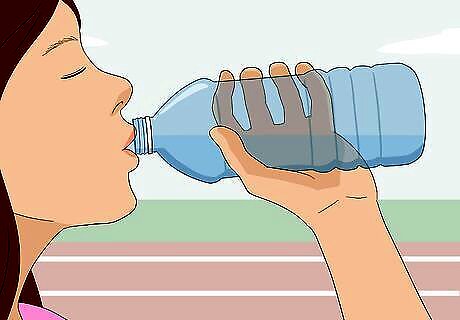
Drink water whenever you have an urge to snack. Drinking water can help you feel full, can eliminate false hunger, and is also calorie-free. Carry a water bottle with you everywhere you go so that it's easier to drink it continuously throughout the day. Drinking water can also improve your skin and better your health overall. Drinking a good amount of water is also crucial to staying hydrated and having a properly functioning digestive system.
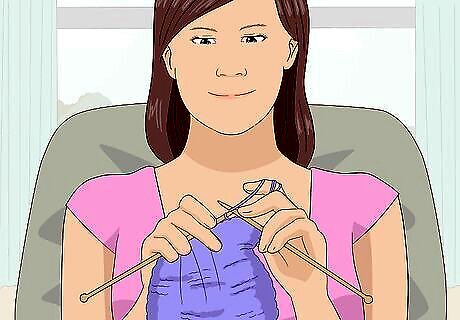
Stay busy so you don't think about snacking. It's much more common to reach for the snacks when you're bored. If you're out and about or otherwise occupied, your brain might just be too busy to think about snacks. Fill your free time with fun activities to reduce your urge to snack.Try… Reading a book, going to the gym, surfing, talking to a friend, painting or drawing, mowing the lawn, birdwatching, cleaning up, knitting or crafting, writing a poem, woodworking, blogging, playing chess, bowling, learning a new language, or doing parkour.
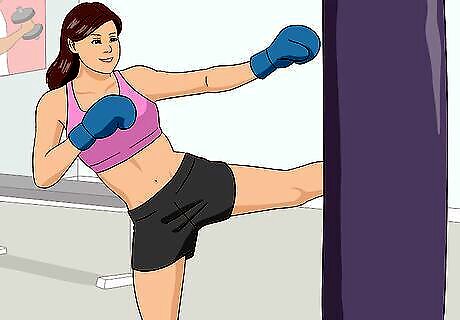
Get some exercise to reduce your cravings. Exercise is important to strengthen your body but it also reduces cravings for snack food. If you really want a snack, do moderate to vigorous exercise for 15 minutes or more to relieve your cravings. Some ways you can exercise include: Play an active sport Work out at a local gym Take martial arts or yoga classes Go dancing or hiking
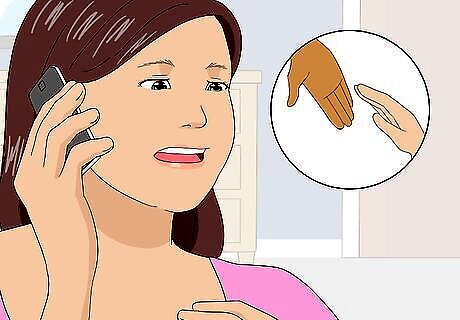
Ask a friend to support your desire to stop snacking. Choose someone who you know will be there for you when you aren't feeling very strong in your ability to make a healthy change. When you feel a craving coming on, give them a call and let them talk you out of it. You can also cook and eat healthy meals together to stay focused on your goals while enjoying good company.
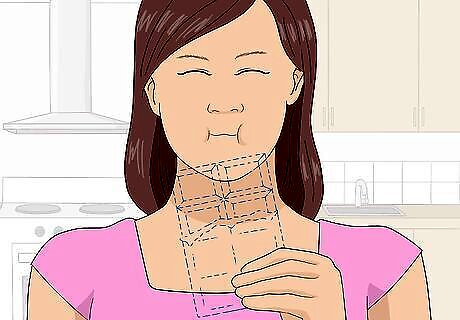
Imagine that you already ate the snack you're craving. There are a number of new diets that involve imagining away your cravings. The tenth piece of chocolate that you eat is typically not as satisfying as the first one. Try imagining that you already ate your entire snack, or even just half of it, to encourage yourself to be done eating sooner or skip the snack altogether. This may cause you to salivate at first, but as soon as habituation kicks in, you won't feel like eating as much of your snack as you did initially. You may not even feel like snacking at all. For this to work, you must imagine yourself eating the exact food you are trying to avoid, and in a large quantity.
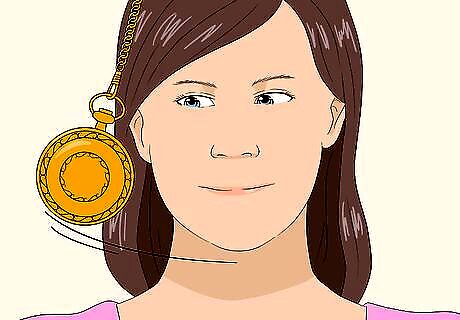
Get hypnotized to change your habits. Hypnotizing yourself, or getting hypnotized by a professional, can be an effective way to manage behaviors you wish to change. Research shows that hypnosis can provide significant benefits for those trying to reduce unhealthy eating habits. Find a hypnotherapist in your area, or look for a weight-loss hypnosis CD online.
Keeping a Food Journal
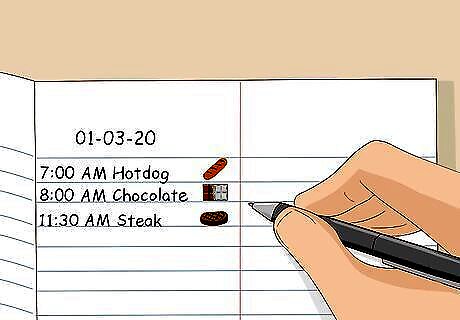
Write down everything you eat each day. Keeping a food journal where you record what you eat each day can help you to gain perspective on your food intake, enabling you to make a plan to change it. Taking time to think about when, how, and what you eat is a necessary first step in to controlling how, and what, you consume. Mindless eating can be a huge part of snacking unhealthily.Keep a Food Journal by: Recording exactly what you eat, how much you eat, and when you eat every single day. Note how you feel after each meal or snack. You can write down this information in a notebook or use a food-tracking app.
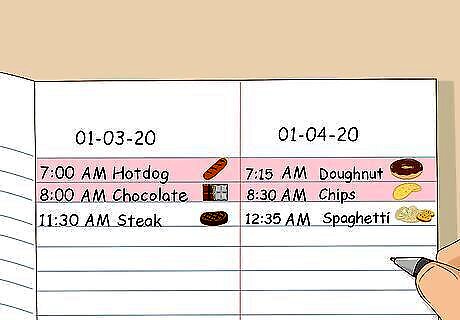
Analyze your food journal to find unhealthy patterns. After a week or so, look through your journal to find out when and what you eat the most. Then look more closely at when you're reaching for snacks and what foods you're choosing for your snacks. Watch for patterns in order to pinpoint what kind of changes you need to make. For example, you may find that you always have a snack about an hour after breakfast. To eliminate that snack, you could eat a more fulfilling breakfast each day.
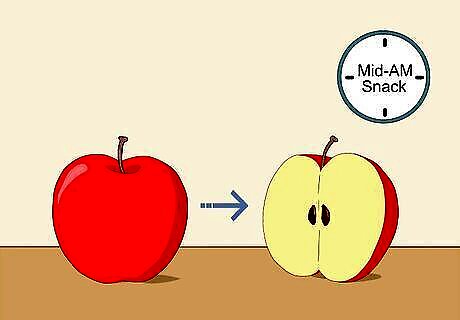
Make one change at a time. Even if cutting out snacks completely is your eventual objective, start small by creating goals that are easier to achieve. Think of it as a series of little battles, not an overwhelming war. For example, try eating half of your regular mid-morning snack as a first step. Try replacing unhealthy snacks with healthy snacks one at a time. For instance, eat carrot and celery sticks instead of chips in the afternoon. Skip eating one of your go-to snacks entirely for a full day, and then try to do the same the following day. After 7 days, you might begin to realize you really didn't really need to eat it. The next week, pick another food to eliminate between meals.
















Comments
0 comment